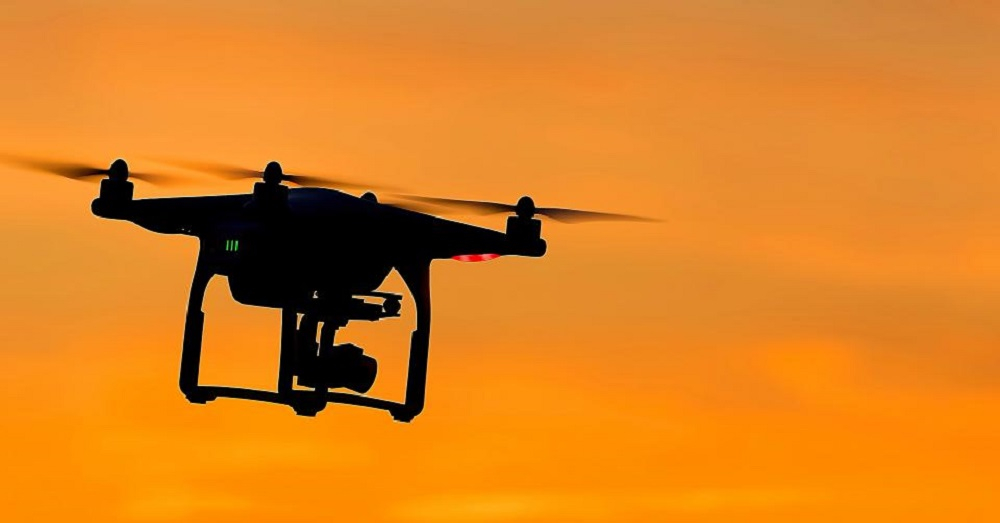Drones fly into 2025: ‘A standard and critical threat vector’
By Ken Showers, Managing Editor
Updated 11:02 AM CST, Mon January 13, 2025

STERLING, Va. — As much a tool for security as disruption, drones rocketed into the public view at the end of 2024, and the experts at Dedrone have insights on the implications of that for the future.
Whether it was swarms of mysterious drones spotted over New Jersey, seen over U.S. Airforce bases in England, or witnessed near critical infrastructure, the threat of drones has become apparently clear. Worries of clandestine operations have even led federal officials to blacklist the purchase of certain foreign hardware, as was the case with the U.S. Department of Defense and Chinese company Autel Robotics.
“As we look toward 2025, the landscape of airspace security continues to evolve at a rapid rate, driven by technological innovation and increased drone accessibility,” said Mary-Lou Smulders, chief marketing officer at Dedrone, which develops counter-drone and counter-unmanned aerial system technology. “Our predictions for 2025 underscore the importance of tackling the evolving threats posed by malicious drones, while also leveraging the potential of drones as a powerful tool for good.”
Drones have become more prevalent in the public security space as companies race to provide services like drone-as-a-first-responder (DFR) and countering the capabilities of small, commercially available drones with a tactical counter-drone response.
For 2025, Smulders predicts there will be a growing collaboration between the public and private sectors to drive innovation for counter-drone response and allow it to better protect urban areas from the increasing threat posed by drones. She notes that incidents in the future targeting domestic critical infrastructure will be pivotal as a catalyst for change and accelerate investment in airspace security.
As for the numerous recent events involving swarms of drones, Smulders foresees a transition in how those events are perceived in the future.
“There will be widespread acknowledgment among military and defense establishments that drone swarms represent a standard and critical threat vector,” she said. “This recognition will lead to the development of specific countermeasures tailored to address swarm tactics, with training programs and doctrines evolving to prepare forces for multi-drone engagements.”
Comments